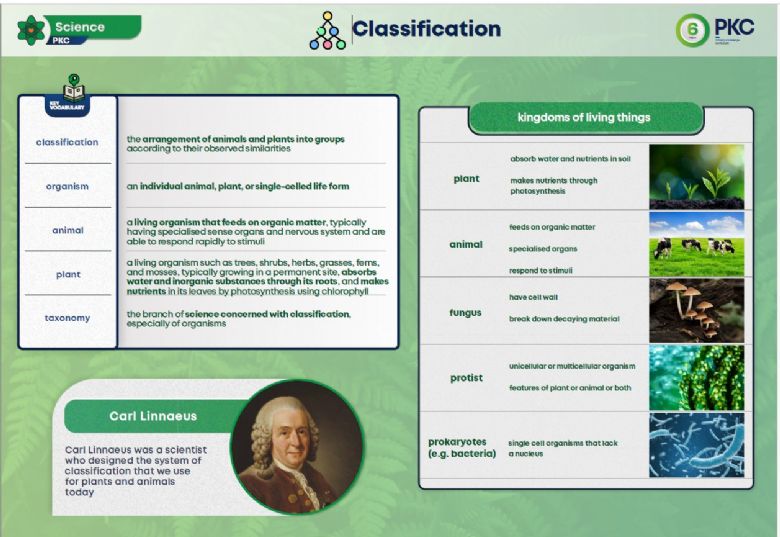What am I going to learn in Science?
Year One
Autumn 2: Animals and their Needs
In this unit, pupils will be encouraged to be curious and ask questions on what they notice about animals. They will be looking closely at animals in the natural world around them and will learn that animals are living organisms that move around and breathe. They will learn that, unlike plants, animals do not make their own food; they must eat other plants and animals in order to survive.
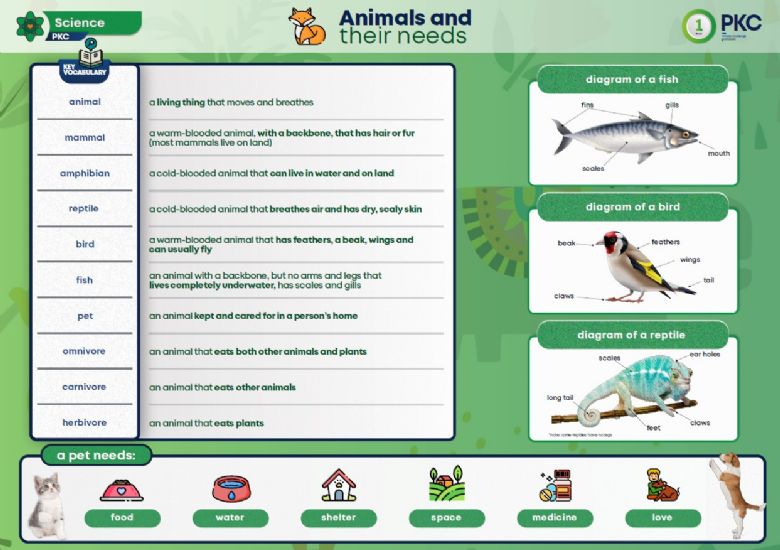
Year Two
Autumn 2- Living Things and their Environments
This unit helps children to understand the difference between things that are alive, things that are dead and things that are inanimate (have never been alive). Asking questions about the differences between these things will help children to think scientifically. Children will build on their knowledge of different types of animals as they learn about habitats including rainforests, deserts, meadows and underground habitats. Some of these habitats will be familiar to children, others may not.
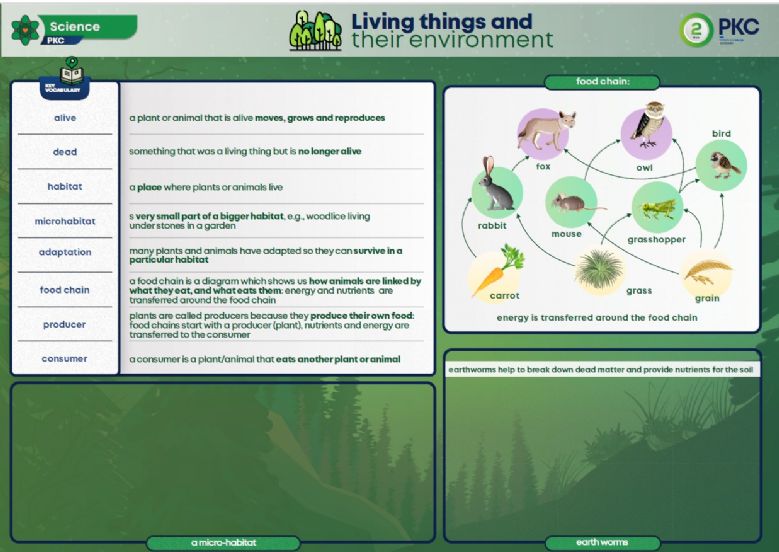
Year Three
Autumn 2 - Cycles in Nature
Building on their understanding of the environment, plants and animals from previous units, children will learn about cycles in nature. They will study patterns, trends and cycles that occur throughout the seasons, in the life of plants and in the life of animals. Children will understand that the tilt of the earth creates our seasons. This knowledge will be built upon in the Year 5 unit on Astronomy. Children will ask and answer questions about the patterns seen in nature as the seasons change. They will look closely and observe changes in the seasons in their own environment.

Year Four
Autumn 2 - Classification of Plants and Animals
In this unit, the children will look more closely at the concept of classification in relation to vertebrates, invertebrates and plants. The children will ask and answer questions about fish, amphibians, reptiles, birds, mammals, insects, arachnids and molluscs. Children will look closely and observe how these living things are structured, what their features are and how they compare and contrast with other animals. They will also study flowering and non-flowering plants and differences in the reproduction of these living things.
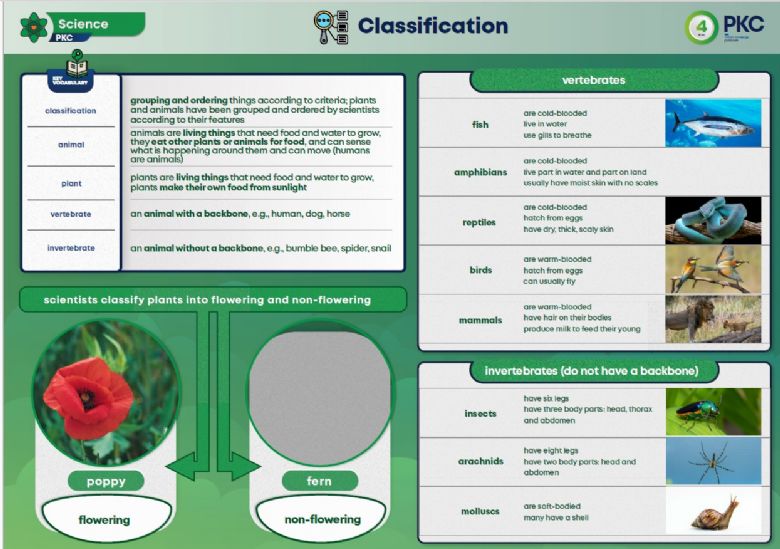
Year Five
Autumn 2 - Materials
In this unit, children will revisit the concept of conductivity. They will look at the most suitable material for thermal conductivity and will analyse different materials and their properties. After revisiting this knowledge, children will move on to studying solubility; which materials are soluble and what it means to be soluble.
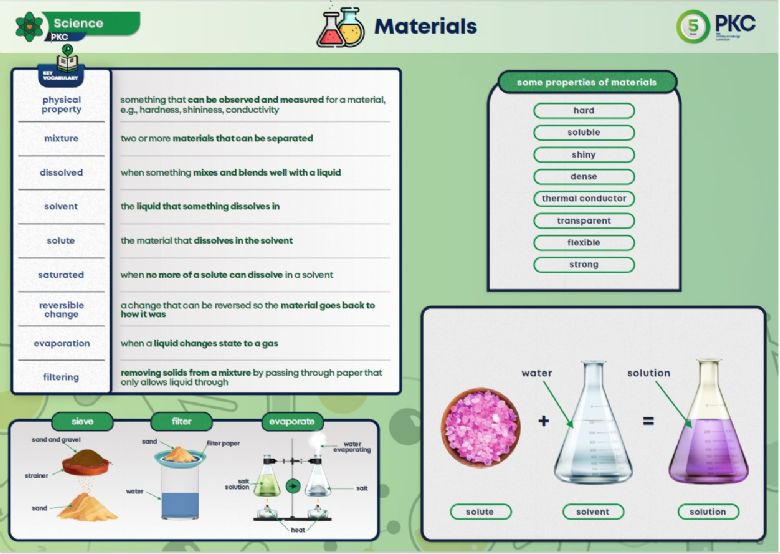
Year Six
Autumn 2 - Classification of Living Things
Pupils will learn the five kingdoms of living things and they will then look at further sub-divisions of groups, such as classifying invertebrates into insects, arachnids, molluscs etc. They will discuss why particular living things are sorted into one group and not another. Children will learn that plant and animal cells are structured differently and that plant cells contain chlorophyll, which is vital for the process of photosynthesis.
